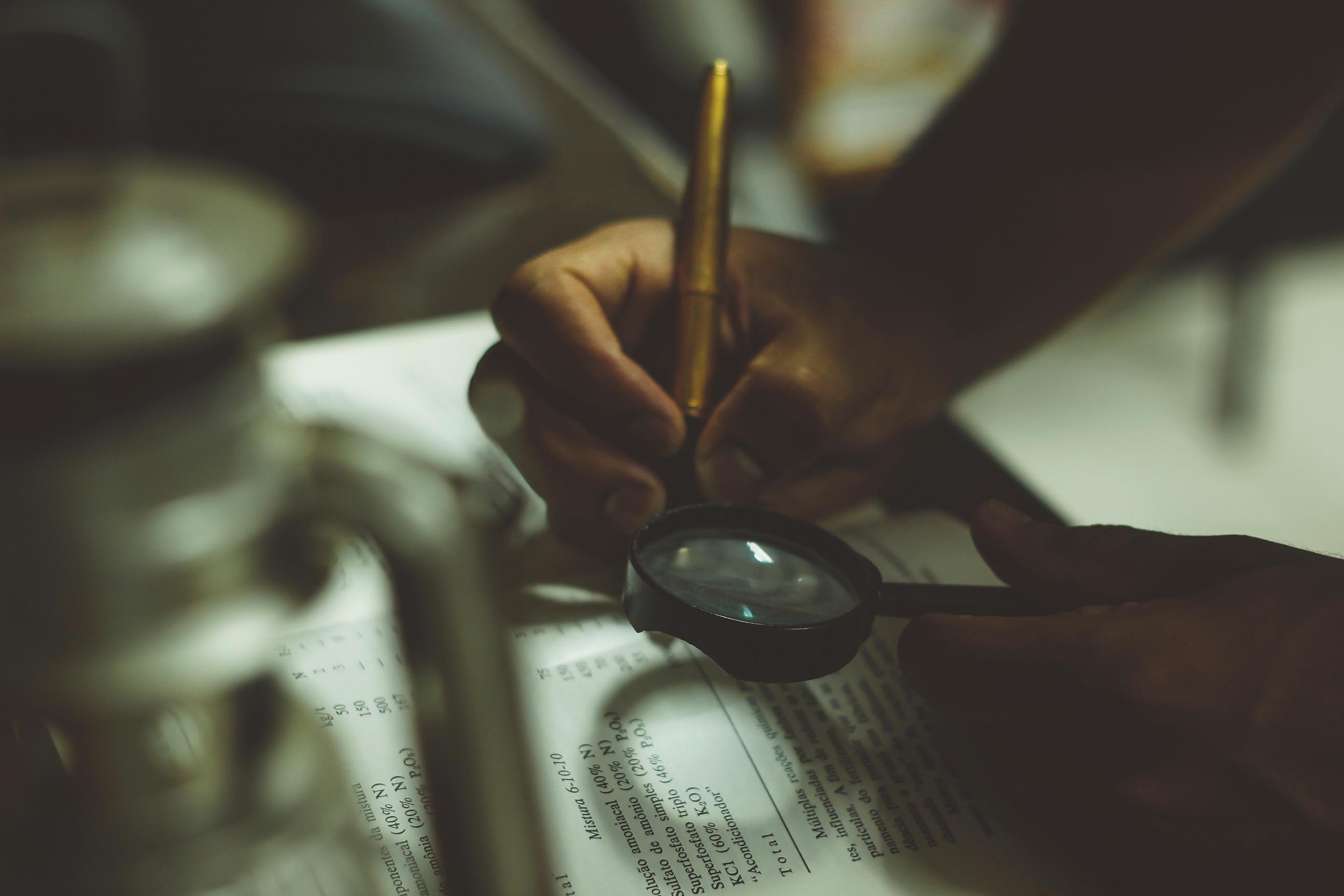If you’ve read a book by Cory Doctorow, you may be familiar with what he describes as his “pretty unorthodox views about copyright”. If you haven’t read one, or better several, you’ve been missing out. If you head over to Cory’s site and download a free version of a book from it you will find this viewpoint in it:
THE COPYRIGHT THING
The Creative Commons license at the top of this file probably tipped you off to the fact that I’ve got some pretty unorthodox views about copyright. Here’s what I think of it, in a nutshell: a little goes a long way, and more than that is too much.
I like the fact that copyright lets me sell rights to my publishers and film studios and so on. It’s nice that they can’t just take my stuff without permission and get rich on it without cutting me in for a piece of the action. I’m in a pretty good position when it comes to negotiating with these companies: I’ve got a great agent and a decade’s experience with copyright law and licensing (including a stint as a delegate at WIPO, the UN agency that makes the world’s copyright treaties). What’s more, there’s just not that many of these negotiations — even if I sell fifty or a hundred different editions of this book (which would put it in top millionth of a percentile for novels), that’s still only fifty or a hundred negotiations, which I could just about manage.
I /hate/ the fact that fans who want to do what readers have always done are expected to play in the same system as all these hotshot agents and lawyers. It’s just /stupid/ to say that an elementary school classroom should have to talk to a lawyer at a giant global publisher before they put on a play based on one of my books. It’s ridiculous to say that people who want to “loan” their electronic copy of my book to a friend need to get a /license/ to do so. Loaning books has been around longer than any publisher on Earth, and it’s a fine thing.
Copyright laws are increasingly passed without democratic debate or scrutiny. In Great Britain, where I live, Parliament recently passed the Digital Economy Act, a complex copyright law that allows corporate giants to disconnect whole families from the Internet if anyone in the house is accused (without proof) of copyright infringement; it also creates a “Great Firewall of Britain” that is used to censor any site that record companies and movie studios don’t like. This law was passed in 2010 without any serious public debate in Parliament, rushed through using a dirty process through which our elected representatives betrayed the public to give a huge, gift-wrapped present to their corporate pals.
It gets worse: around the world, rich countries like the US, the EU and Canada negotiated secret copyright treaties called “The Anti-Counterfeiting Trade Agreement” (ACTA) and “Trans-Pacific Partnership” (TPP) that have all the problems that the Digital Economy Act had and then some. The plan was to agree to them in secret, without public debate, and then force the world’s poorest countries to sign up for it by refusing to allow them to sell goods to rich countries unless they do. In America, the plan was to pass it without Congressional debate, using the executive power of the President. ACTA began under Bush, but the Obama administration has pursued it with great enthusiasm, and presided over the creation of TPP. The secret part of the plan failed — ACTA ran into heavy opposition in Congress and has been rejected by Mexico and the European Parliament — but the treaty isn’t dead yet, has supporters on both sides of the house who keep attempting to bring it back under a new name. This is a bipartisan lunacy.
So if you’re not violating copyright law right now, you will be soon. And the penalties are about to get a lot worse. As someone who relies on copyright to earn my living, this makes me sick. If the big entertainment companies set out to destroy copyright’s mission, they couldn’t do any better than they’re doing now. Just as this book is coming into print (February, 2013), the big American ISPs and big American entertainment companies are rolling out “six strikes” — a voluntary plan to harass people accused, without proof, of downloading, and ultimately, to disconnect them from the net. So, basically, /screw that/.
Or, as the singer and American folk hero Woody Guthrie so eloquently put it:
“This song is Copyrighted in U.S., under Seal of Copyright #154085, for a period of 28 years, and anybody caught singin’ it without our permission, will be mighty good friends of ourn, cause we don’t give a dern. Publish it. Write it. Sing it. Swing to it. Yodel it. We wrote it, that’s all we wanted to do.”
Cory Doctorow is a science fiction author, activist, journalist and blogger — the co-editor of Boing Boing and the author of young adult novels like PIRATE CINEMA and LITTLE BROTHER and novels for adults like RAPTURE OF THE NERDS and MAKERS. He is the former European director of the Electronic Frontier Foundation and co-founded the UK Open Rights Group. Born in Toronto, Canada, he now lives in London. So what do you think? Leave a comment below.

